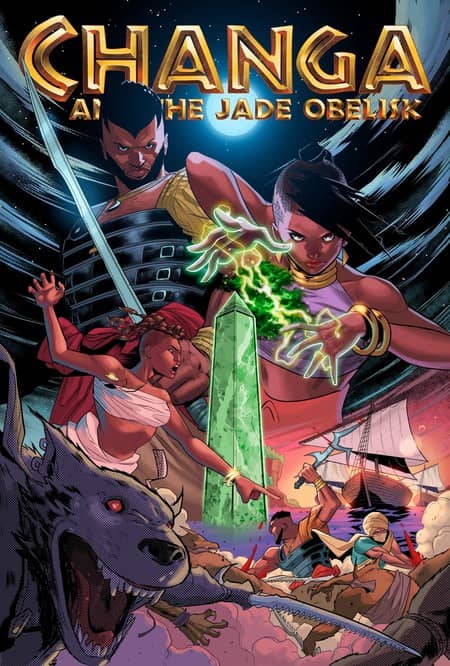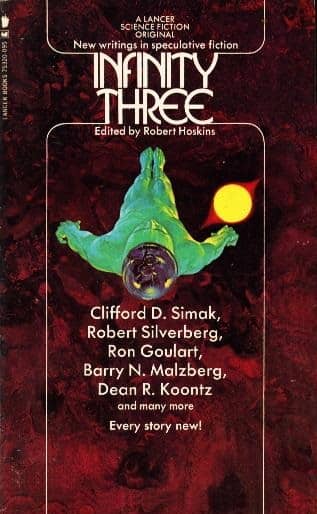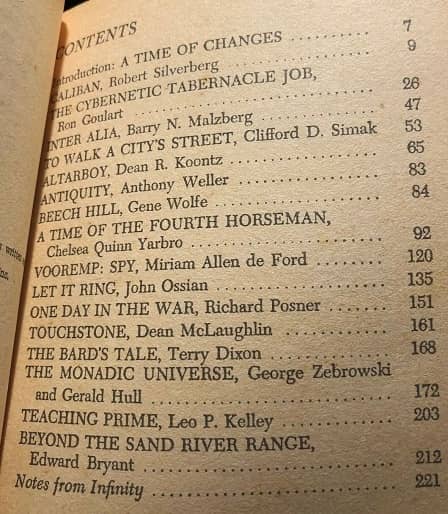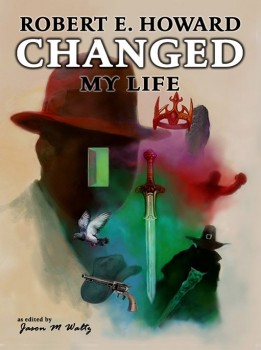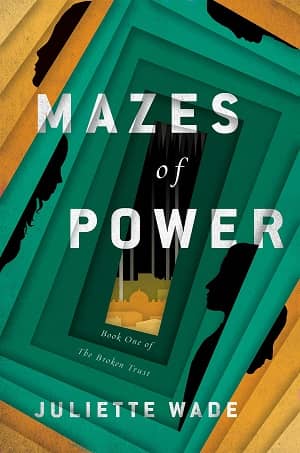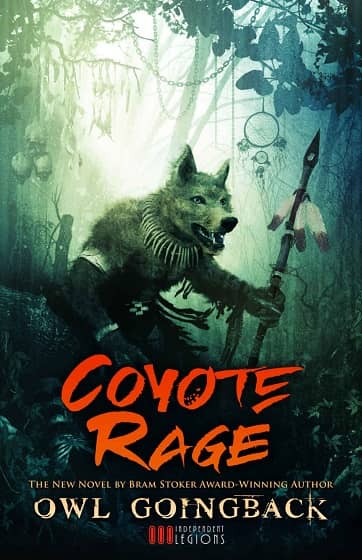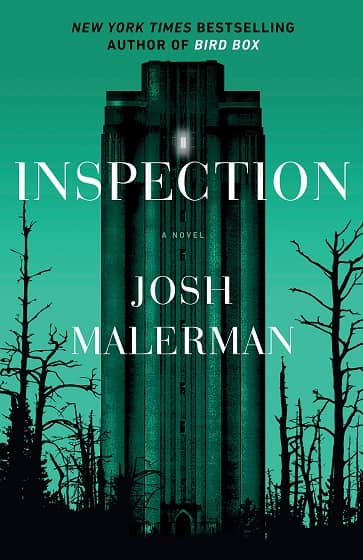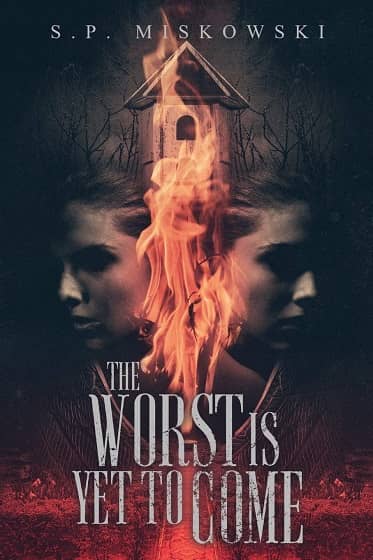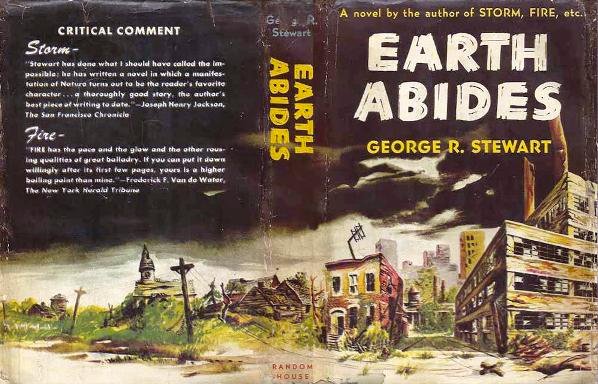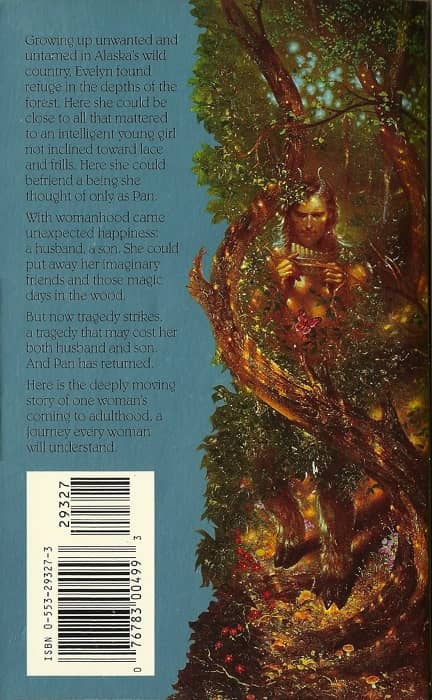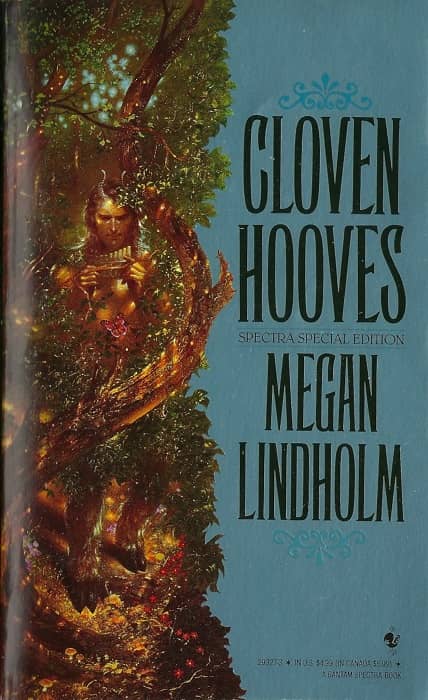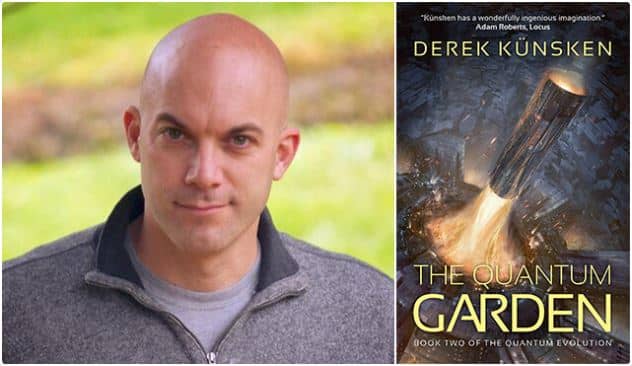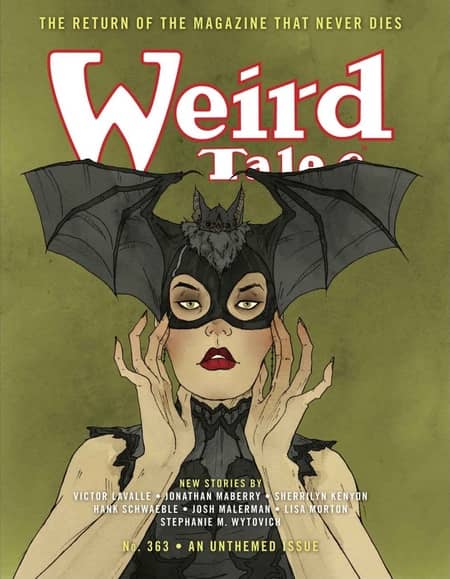The Illustrated Safari
Cover for Changa and the Jade Obelisk #1
Changa’s Safari began in 1986 as a concept inspired by Robert E. Howard’s Conan. I wanted to create a heroic character with all the power and action of the brooding Cimmerian but based on African history, culture and tradition. Although the idea came early, the actual execution didn’t begin until 2005, when I decided to take the plunge into writing and publishing. During its creation I had the great fortune to meet and become friends with Charles R. Saunders, whose similar inspiration by Howard led to the creation of the iconic Imaro. What was planned to be a short story became a five-volume collection of tales that ended a few years ago with Son of Mfumu.
I had always seen Changa’s story as a visual experience. When I began writing the first story I imagined Michael Clarke Duncan as Changa, the Indian Ocean with his crew from adventure to adventure. After Duncan passed away; I settled on Michael Jai White as a worthy replacement for my hero. Having Changa travel the world for his various adventures was also part of the visual experience. It was my hope to one day see it all take place on the silver screen.
A few years ago I embarked a project to make Changa’s Safari an animated series, a project that is still in development. But recently I imagined Changa as a comic book series. I still had a strong desire to see Changa visually, and I felt that the comic book medium would be the fastest way to do so. The comic book would also serve as storyboards for a possible movie, if the opportunity ever came up.
